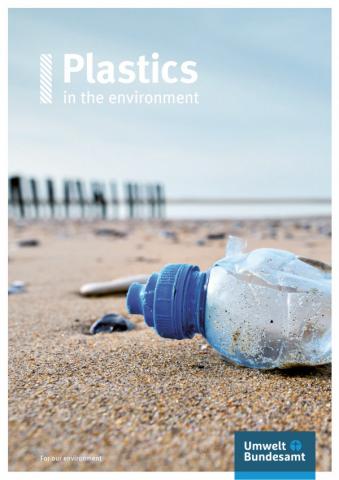Plastics in the environment
Plastics in the environment
Plastics are highly used materials that can be applied in many different ways. They successfully made their way into a lot of different industries and our daily lives, resulting in a steady increase in production and consumption over the last years. Nevertheless, they can become a problem for ecosystems when entering the environment. Plastics are degraded very slowly and can cause severe damage to living organisms and their habitats.
At this point, plastics are found in fresh and saltwater ecosystems like oceans, rivers and lakes as well as in soil. One of the main pathways of how plastics enter the environment is through inadequate waste and wastewater management, but there are many other sources like tyre abrasion, films from agriculture, or plastic particles from cosmetics or cleaning materials. In addition, littering causes more and more plastics to end up in the environment.
This paper from the German Environment Agency (UBA) shows – with regard to Germany - where we stand, what we need to do, what the research needs are, and which measures we can already introduce to tackle the problem.
The paper "Plastics in the environment" [pdf] is available for download. You can also find the publication in German here.

